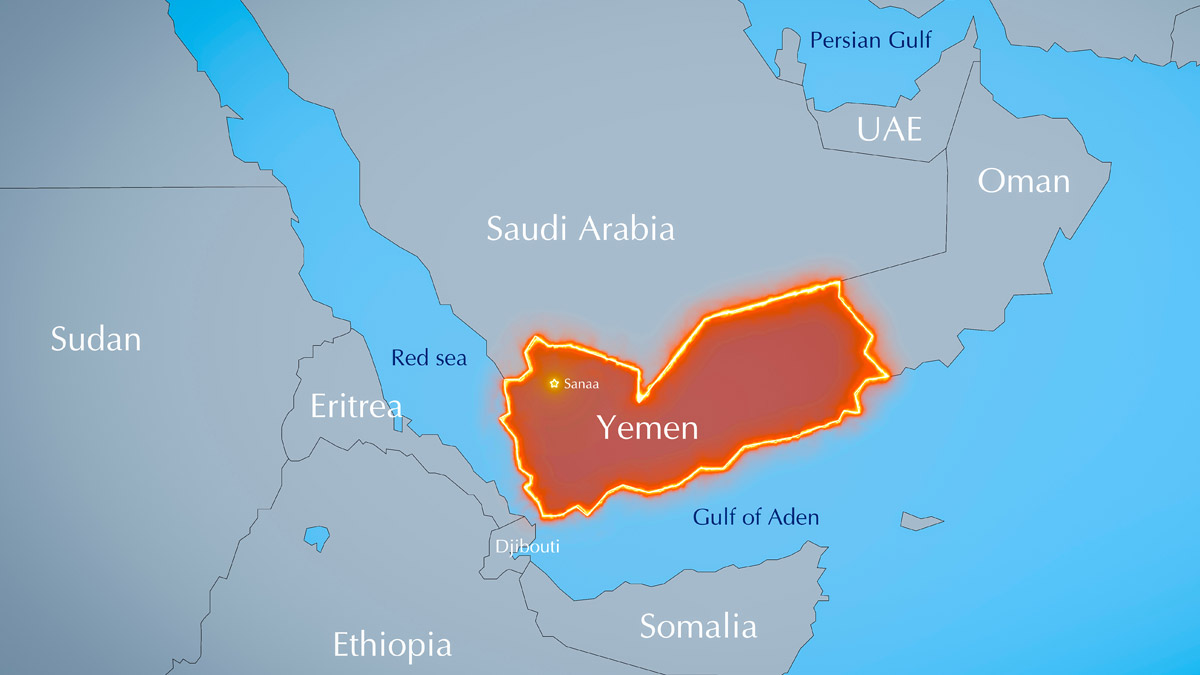Amidst the serene waters of the Red Sea, a shadow of conflict looms large, disrupting not just the tranquillity of the waves but the very arteries of global commerce. The Houthi militants, operating from the heart of Yemen, have intensified their assaults on commercial vessels, sparking fears of a broader confrontation that tugs at the delicate threads of international relations and global economics. This narrative unfolds against the backdrop of Yemen’s protracted strife, a theatre of war that has, since 2014, been the stage for a complex geopolitical drama involving local grievances, regional power plays, and international alliances.
The Escalation: A Maritime Chessboard
On November 19, a bold manoeuvre by Houthi militants saw a helicopter landing on a cargo ship, hijacking it to a Yemeni port, and holding the crew captive. This incident was not isolated but part of a broader pattern of 30 attacks targeting vessels in the strategic Red Sea corridor, believed to be connected to Israel by the insurgents. The Western coalition’s response was swift, with missile attacks targeting Houthi military installations, signifying a potentially volatile escalation in a region already bristling with tensions. The heart of the conflict lies in the Houthis’ quest to redress socio-economic and political disparities. This quest has drawn regional and global powers into a proxy war, with Iran and Saudi Arabia rivalling for influence, backed respectively by the US and its allies.
Undersea Cables and Global Connectivity at Risk
The Houthi threat extends beneath the waves, targeting the undersea cables that are the lifelines of global communication and financial systems. Though deemed unrealistic by the US Naval Intelligence, these threats underline the potential vulnerabilities of our interconnected world. The Iran-backed militants’ strategy involves not just physical attacks but psychological warfare, aiming to disrupt and intimidate. The US military’s destruction of a mobile anti-ship missile prepped by the Houthis underscores the high stakes involved, as both commercial and military interests find themselves in the crosshairs of a conflict that has spilt into the maritime domain, threatening the vital trade routes through the Red Sea.
The Humanitarian and Economic Toll
The repercussions of this conflict are felt far beyond the immediate threat of military operations, with a humanitarian crisis unfolding amid the chaos. Millions are displaced, struggling for survival, while the international community grapples with the complexities of brokering peace. The economic ramifications are profound, with disrupted trade routes leading to rerouted ships and escalated costs, painting a grim picture of the conflict’s global footprint. The narrative of Yemen’s agony is a stark reminder of the human cost of geopolitical strife, a cost that transcends borders and oceans.
In the final analysis, the unfolding drama in Yemen and the Red Sea is a multifaceted saga of human ambition, resilience, and despair. The Houthi militants’ escalated attacks on commercial shipping and the subsequent military responses underscore a volatile mix of local grievances and international geopolitics. The shadow of Iran’s support for the Houthis, coupled with the Western coalition’s military interventions, points to a more profound struggle for influence in a region that is pivotal not just for its oil but as a global commercial nexus. The call for a more robust US military strategy, balanced with diplomacy to address the underlying socio-economic grievances, reflects the complexity of achieving peace in a landscape scarred by years of conflict. As the world watches, the story of Yemen remains a poignant testament to the enduring quest for dignity, sovereignty, and peace in the face of overwhelming odds.

